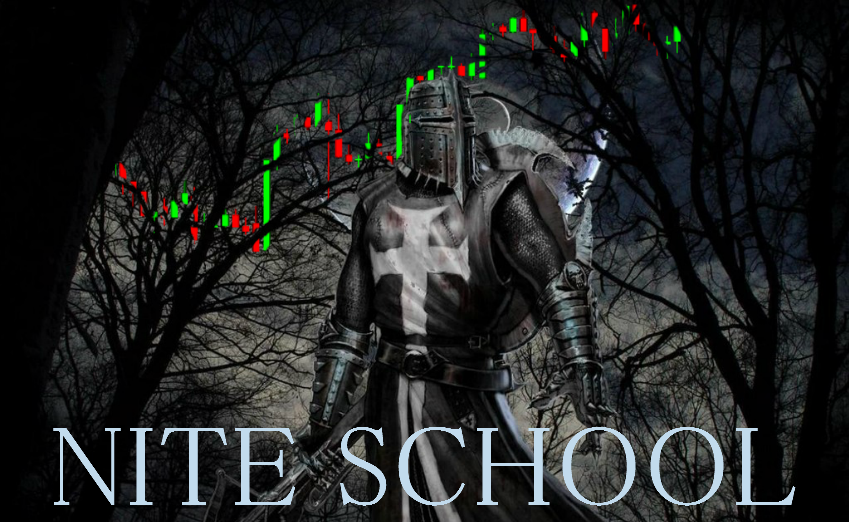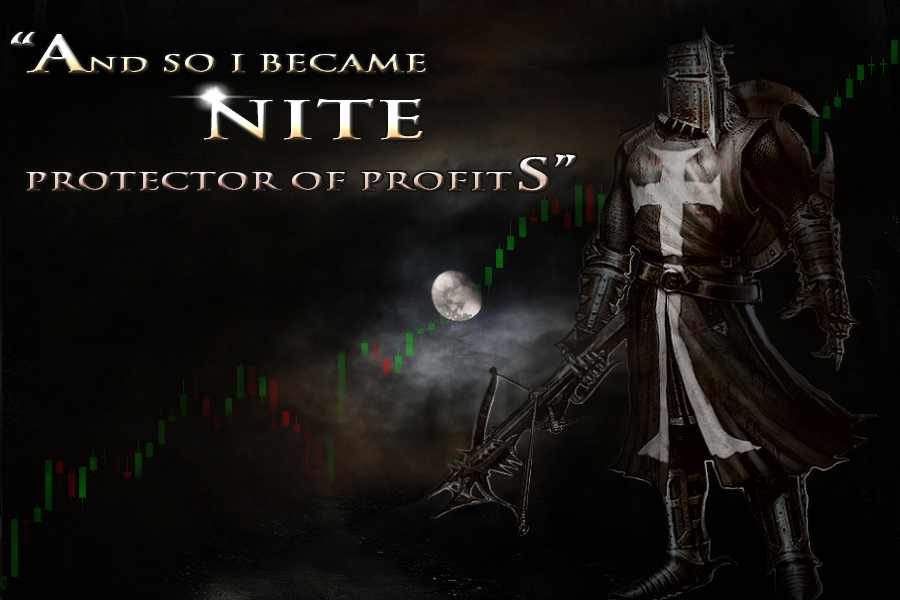| Followers | 177 |
| Posts | 721260 |
| Boards Moderated | 0 |
| Alias Born | 10/18/2012 |
Saturday, January 20, 2018 5:33:38 AM
Compensated Awareness Post View
Disclaimer
Structural Factors of Irrational Exuberance
Robert Shiller identifies 12 structural factors that contributed to the unprecedented rise in stock prices from 1995 to 2000. Even after the big decline into the 2002 lows, valuations were again at relatively high levels a few years later.
1. The capitalist explosion and the ownership society encouraged stock investing. Societies built on communism and socialism opened up to capitalistic ways. Russia and China come to mind over the last 20 years. George W. Bush promoted the ownership society by advocating property and stocks for all. Corporate downsizing and the decline of labor unions prompted people to take their destiny into their own hands and spawned the entrepreneurial spirit. Corporations tied salaries to performance with stock options.
2. Cultural and political changes favor business success. There has been a significant rise in materialistic values over the year. Shiller reports that more people viewed money as important to success in the mid 90s than in the mid 70s. Society viewed successful businessmen more favorably than scientists or artists. The 1995 Republican congress proposed cutting the capital gains tax and it was cut in 1997. Further cuts were proposed soon thereafter. These tax cuts as well as the anticipation of future capital gains tax cuts provided incentives to buy stocks.
3. New information technology suggested that new era. The first cell phones appeared in the early 1980's, which is when the great bull market started. The Internet came of age in the mid 1990's and grew rapidly the next five years. Investors viewed this Internet revolution as a game changer that justified the stock market boom.
4. Monetary policy and the Greenspan put took perceived risk out of the equation. The Fed did nothing to stop the surging stock market from 1995 to 1999. Interest rates did not increase until August 1999. In addition to letting the bubble grow, the Fed indicated that it would be there to pick up the pieces should anything go wrong, just like in 1987 and 1998. Having the Fed on standby in the event of a market crash was like owning a put option.
5. The perceived effects of the baby boomer generation. There was indeed a baby boom after World War II and this boom resulted in a large number of people aged 35-55 in 2000. However, Shiller argues with data that there is no correlation between a baby boom and a surging stock market. Instead, Shiller argues that, as with the Internet, the public perceptions of the baby boom influence help inflate the stock market.
6. The 1990's surge in business media undoubtedly contributed to interest in the stock market. Not much explanation is needed here. Newspapers created big glossy business sections to attract readers. Good stories replaced hard news. Increased media exposure led to more advertising and this simply fed the public appetite for stocks. The media continues to pour it one with Mad Money debuting in 2005.
7. Analysts estimates were routinely overoptimistic in the last 1990's. Shiller notes that Zachs reported sell recommendations on 9.1% of stocks in 1989 and just 1% of stocks in late 1999. Analysts were hesitant to issue sell recommendations because many firms also had investment banking ties with the company. Analysts also did not want to offend the company because they might then be cut off from earnings guidance or key information.
8. Defined-Contribution Pension Plans grew and replaced many Defined-Benefit Plans. Among other things, the decline in unions and big manufacturing industries (autos) contributed to this trend. More people also wanted control over their retirement funds. Those with Defined-Benefit Plans must make their own investment choices and this increases the exposure to stocks.
9. The number of mutual funds surged. From 1982 to 1998, the number of mutual funds grew tenfold (340 to 3513). At one point, there were more mutual funds than stocks listed on the NYSE. Mutual funds became a regular part of 401K's. Money moving into these mutual funds from 401K's and individual investors found its way into the stock market to feed the bubble. Shiller also notes that widespread advertising compounded this growth and increased public awareness to new levels.
10. Benign inflation created the illusion of wealth and prosperity. After runaway inflation in the 70's, the inflation outlook steadily improved from 1982. Shiller's research found that the public associates inflation with economic prosperity and social welfare. Such perceptions promote positive expectations for the economy and the stock market.
11. The explosion of trading volume kept the bid in the bubble. Increased interest in the stock market and a dramatic decline in commissions facilitated a surge in trading volume on the exchanges. The growth in online trading also facilitated increased interest and made it easy to trade more frequently.
12. There was an increase in gambling over the years. Government sanctioned gambling (lotteries) and commercial gambling grew in popularity over the years. Poker players became stars. Lottery jackpots were heavily promoted. Slick adverts portrayed gambling as sophisticated and increased one's propensity to take risks. Online gambling facilitated growth as well.

Join the InvestorsHub Community
Register for free to join our community of investors and share your ideas. You will also get access to streaming quotes, interactive charts, trades, portfolio, live options flow and more tools.







